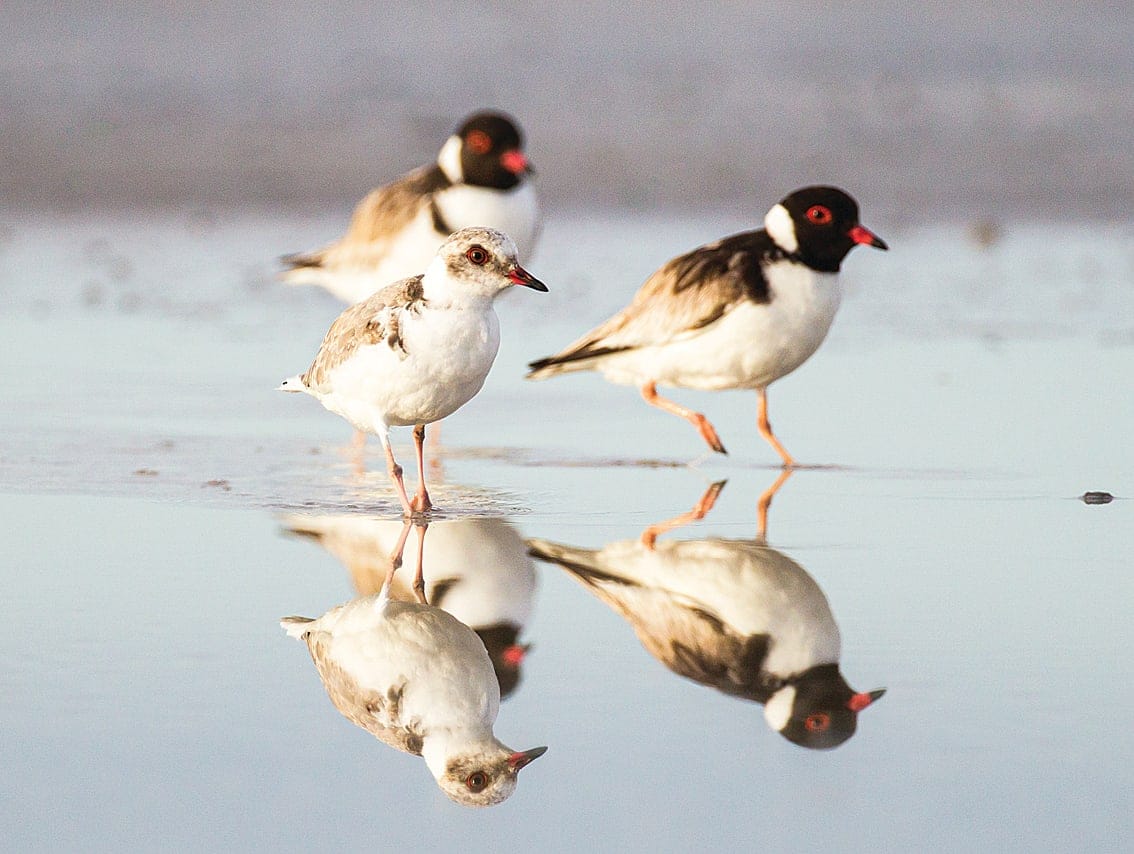Cape Paterson already dogged by growth, they say
LONG-TERM resident of Cape Paterson, Jill Maddock, gave a locals’ view of the plans to expand the residential area of Cape Paterson, by as many as 980 blocks to the north, when she appeared at the Distinctive Areas and Landscapes Advisory...


LONG-TERM resident of Cape Paterson, Jill Maddock, gave a locals’ view of the plans to expand the residential area of Cape Paterson, by as many as 980 blocks to the north, when she appeared at the Distinctive Areas and Landscapes Advisory Committee hearing in San Remo last Wednesday, April 19.
Among other things she said the town boundary needed to be relocated back to Seaward Drive to avoid “the negative and irreversible impacts od development” which would far outweigh any benefits from development.
Notwithstanding the contradictions within the draft Statement of Planning Policy (SPP), she said that the “physical constraints of the site and the underpinning principles of the DAL to protect and conserve unique features and enhance the conservation of the environment” supported the case for Cape Paterson not to grow beyond Seaward Drive.
“Our connection with Cape Paterson began in 1976 and we have owned a property there since 1985 which has evolved into our primary residence,” said Mrs Maddock, her husband John sitting in the gallery offering support.
“As a community Cape Paterson has voiced its concerns with numbers but we can’t compete with developers who have extensive and expensive legal teams, expert witnesses who eloquently justify the developers’ desires outcomes.
“Growth is inevitable but the critical question to be addressed is where it the most appropriate location for that growth… Cape Paterson continues to contribute to growth in Bass Coast with the still evolving western development (eco village) constituting an expansion of approximately 25%,” she said, adding that infill development and redevelopment into dual occupancy and the like would add further to the population.
Mrs Maddock said the increase in population had already had adverse impacts on the environment which would become unsustainable if the town was allowed to expand by 980 more blocks.
“Increasing traffic flows from the eco village are already placing pressure on the road network… and with overpopulation and increased visitation come the increased threats from domestic animals.”
Mrs Maddock said that from July 1, cats would have to be confined to home but dogs still presented an increasing risk to endangered wildlife, especially those dog owners who let their animals run wild on the beach, against regulations, into sensitive areas.
“As frequent beach visitors it is our observation that as few as 35%-40% of dogs walked in the coastal areas are kept on a lead with significantly less adhering to the time restrictions.
“We have observed multiple dogs off the lead allowed to roam freely into sensitive coastal locations,” she said, Cape Paterson being one of the key nesting places for endangered Hooded Plovers, between Inverloch and Phillip Island.
“Protecting Bass Coast for future generations is a key imperative of the DAL. For this to be achieved difficult decisions are required now to protect our environment.”
Mrs Maddock closed by relating a personal story of her 12 year-old-granddaughter who while running on a local path marvelled at a group of kangaroos actually barring her way, prompting her to take an alternate route.
“These kangaroos regularly graze the land to the north of Seaward Drive but sadly development and overpopulation would put such experiences at risk.”
Mrs Maddock said the town boundary had to be returned to the line created by Seaward Drive to protect the “fragile biodiversity” in and around Cape Paterson.





